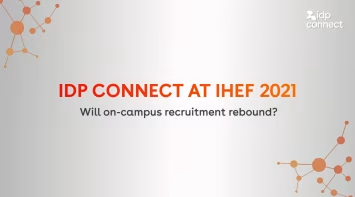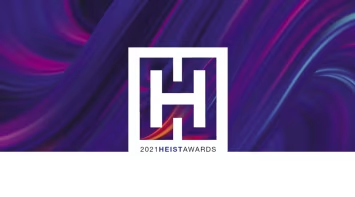2021 Early Undergraduate Engagement
It has become increasingly apparent, within the Higher Education sector, that students begin researching undergraduate courses 18 months or more before submitting their applications. What has yet to be effectively understood, is how the behaviour and journey of students researching universities this far in advance differ from that of students closer to the application deadline.
With a valuable pool of students entering the funnel far earlier than may have been anticipated, understanding their behaviour in order to inform marketing strategy could have a significant impact on an institutions recruitment efforts. IDP Connect has analysed data from students across a range of platforms to identify the key trends in student behaviour over time and differentiate between that of students close to application deadlines and those researching further in advance.
Come the UCAS deadline in January, peak levels of activity for the current recruitment cycle can be observed across IDP Connect undergraduate channels. Naturally, the highest level of traffic occurs from September until the December holidays, picking up again sharply in the run-up to the 15th of January.
Student behaviour over this period is rich with nuance as we see interesting trends develop by region and subject. Despite this, sometimes the most satisfying stats are the ones that corroborate your intuition.
Looking at the data we can see two trends emerge, firstly, that leading up to the deadline the most prominent intended year of entry is for 2020, once the UCAS January deadline passes, this switches to 2021 and beyond. This cycle repeats year on year as seen below.

Interestingly, we can see an increase in average predicted grades of researching students that coincides with this shift in behaviour.

Pre UCAS deadline, where students are looking mostly for in cycle entry, the average tariff points are lower than post UCAS deadline where students are typically researching 18 months and further in advance. The correlation is strong and certainly a good indication of how and when to change messaging towards researching students who are early engagers.
Naturally, this is top-level insight, drilling down into subject-specific data would create a far more nuanced picture of which students are researching when- an obvious example is that an individual looking to study a creative degree- Fine Art for example- will be lining up interviews with institutions where entry is largely based on their portfolio, not necessarily their grades. Rendering the above trend not particularly important. However, for STEM subjects where entry is largely determined on tariff points, this data is crucial. Furthermore, when looking to inform regional activity, you can take this trend and understand where in the country it varies most by subject.
So, the question is: how are you segmenting your targeting to reach students with the right messaging addressing their different motivations to study? Targeting with nuanced criteria is crucial, but vulnerable to wastage without a robust level of Market Intelligence to inform and shape actionable strategy in real-time.
If you are interested in learning more about our Market Intelligence IQ services, email the team at: insights@idp-connect.com
You might like...

Unlocking Student Insights: Inside the Pivotal Role of International Education Counsellors
Capturing the pulse of international students can be a dilemma for educational institutions

“I Am Incredibly Grateful” – How International Education Helped This Student Discover His Passion for Teaching
We chat with Jaspreet Gill of UTS as part of our Student Success Stories

Students from India Reveal What Their Ideal Study Abroad Experience Looks Like
IDP conducted a series of group interviews with prospective and current students from India



